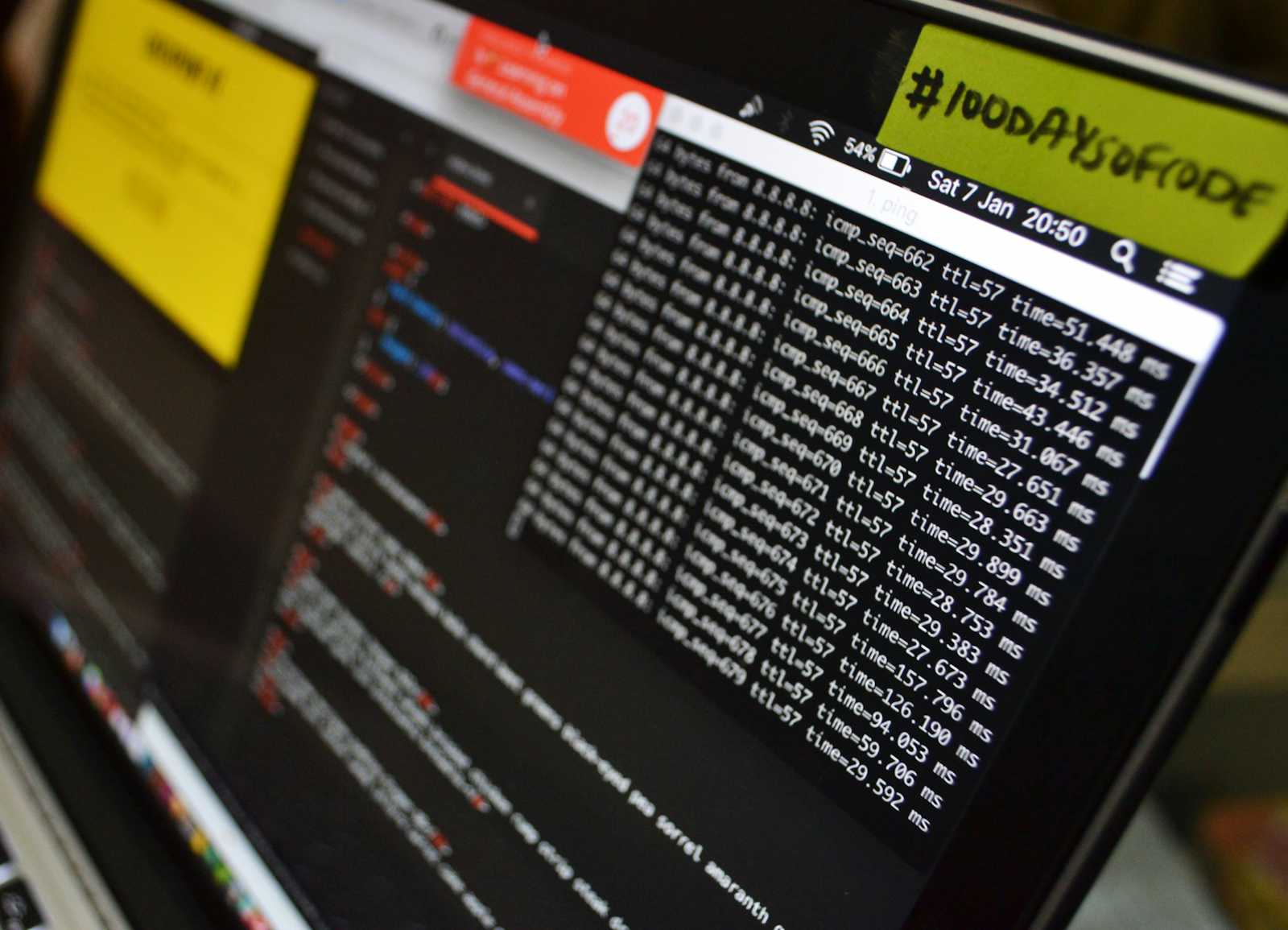How to Start Coding:
 NATHANIEL ENDE JOEL
NATHANIEL ENDE JOELTable of contents
- Introduction: Why Learn to Code?
- 1. Understanding the Basics of Programming
- 2. Choosing the Right Language
- 3. Setting Up Your Environment
- 4. Learning the Fundamentals
- 5. Finding the Best Resources
- 6. Building Your First Project
- 7. Practicing and Improving Your Skills
- 8. Understanding the Broader Ecosystem
- 9. Building a Portfolio
- 10. Staying Motivated and Avoiding Burnout
- Conclusion

Introduction: Why Learn to Code?
Coding has become one of the most sought-after skills in the modern digital world. From powering social media platforms to driving innovation in artificial intelligence, coding is at the heart of modern technology. Learning to code opens career opportunities, fosters problem-solving skills, and empowers you to build real-world projects. Contrary to popular belief, coding isn’t just for math geniuses or tech wizards—it’s a skill anyone can learn with dedication and the right approach.
In this guide, we’ll explore everything you need to know about starting your coding journey.
1. Understanding the Basics of Programming
What is Programming?
Programming is the process of creating a set of instructions that a computer can follow to perform specific tasks. These instructions are written in programming languages using a set of predefined rules.
Core Concepts:
Instructions: Commands given to the computer.
Algorithms: Step-by-step procedures for solving problems.
Logic: Decision-making in programs through conditional statements.
Programming Languages Overview:
Python: Beginner-friendly, versatile, used in web development, data science, and AI.
JavaScript: Core language for web development, powering interactive websites.
Java: Great for building large-scale applications and Android apps.
Tools You’ll Need:
IDEs (Integrated Development Environments): Like VS Code or PyCharm.
Compilers and Interpreters: To execute your code.
Text Editors: Sublime Text, Notepad++, or even basic editors like Atom.
2. Choosing the Right Language
Selecting a language depends on your goals and what excites you about coding.
Best Languages for Beginners:
Python: Easy to learn, widely used in web development, data analysis, and AI.
JavaScript: Essential for front-end web development.
Ruby: Known for simplicity and building web applications.
Industry-Specific Choices:
Web Development: HTML, CSS, JavaScript.
Mobile App Development: Swift (iOS), Kotlin (Android).
Game Development: C#, Unity, Unreal Engine.
3. Setting Up Your Environment
Before writing code, set up your development environment. Here’s how:
Install a Code Editor or IDE:
Download and install VS Code (free and popular).
Set up PyCharm if working with Python.
Install a Compiler or Interpreter:
Python: Download from python.org.
Node.js: For JavaScript backend development.
Organize Your Files:
Use folders for projects.
Learn Git and GitHub for version control and collaboration.
4. Learning the Fundamentals
Mastering core coding concepts is essential for long-term success:
Variables and Data Types: Storing data (e.g., numbers, strings, booleans).
Conditionals: Decision-making using
if,else, andelifstatements.Loops: Repeating tasks with
forandwhileloops.Functions: Reusable blocks of code that perform specific tasks.
Example (Python):
# Simple function in Python
def greet(name):
print(f"Hello, {name}!")
greet("World")
5. Finding the Best Resources
To learn effectively, use a mix of online and offline resources:
Online Learning Platforms:
freeCodeCamp: Free courses on web development, data science, and more.
Codecademy: Beginner-friendly coding lessons.
W3Schools: Comprehensive web development tutorials.
Books for Beginners:
Automate the Boring Stuff with Python by Al Sweigart.
Eloquent JavaScript by Marijn Haverbeke.
Communities to Join:
Stack Overflow: Ask coding questions and get expert answers.
Reddit & Discord Groups: Join active coding communities.
6. Building Your First Project
The best way to learn is by building projects. Start small and grow as you learn.
Beginner Project Ideas:
Calculator App: A basic command-line calculator.
To-Do List: A simple task manager app.
Guess the Number Game: Have the computer pick a random number for the user to guess.
Tips:
Start Simple: Focus on getting something working, no matter how basic.
Test & Debug: Use print statements or debuggers to find and fix issues.
Improve Iteratively: Add features as you gain confidence.
7. Practicing and Improving Your Skills
Consistency is key when learning to code.
Daily Practice Routine:
Code for at least 30 minutes a day.
Take breaks to avoid burnout.
Coding Challenges and Exercises:
LeetCode: Practice data structures and algorithms.
HackerRank: Sharpen your coding skills through challenges.
Project Euler: Solve mathematical coding problems.
Join Open-Source Projects:
Contribute to real-world projects on GitHub.
Collaborate with experienced developers.
8. Understanding the Broader Ecosystem
Once you’re comfortable with the basics, explore related tech fields:
Web Development: Learn HTML, CSS, JavaScript, and frameworks like React and Angular.
Data Science: Explore Python libraries like Pandas, NumPy, and TensorFlow.
App Development: Dive into Swift for iOS and Kotlin for Android development.
9. Building a Portfolio
Creating a portfolio showcases your skills to potential employers or clients.
What to Include:
Completed Projects: Highlight your best work.
Documented Code: Use GitHub to host your repositories.
Personal Website: Build a portfolio website using platforms like GitHub Pages, WordPress, or custom HTML/CSS.
10. Staying Motivated and Avoiding Burnout
Coding can be challenging, but staying motivated is crucial:
Set Clear Goals: Break your learning path into small, manageable tasks.
Celebrate Wins: Even small achievements matter.
Stay Inspired: Read success stories of self-taught developers.
Take Breaks: Don’t overwork yourself—balance is key.
Conclusion
Learning to code is an exciting journey that opens up countless possibilities. With the right mindset, tools, and consistent practice, anyone can master coding. Start small, stay curious, and keep building. Your first project could be the start of a rewarding coding career.
Subscribe to my newsletter
Read articles from NATHANIEL ENDE JOEL directly inside your inbox. Subscribe to the newsletter, and don't miss out.
Written by

NATHANIEL ENDE JOEL
NATHANIEL ENDE JOEL
An enthusiastic content creator and programmer